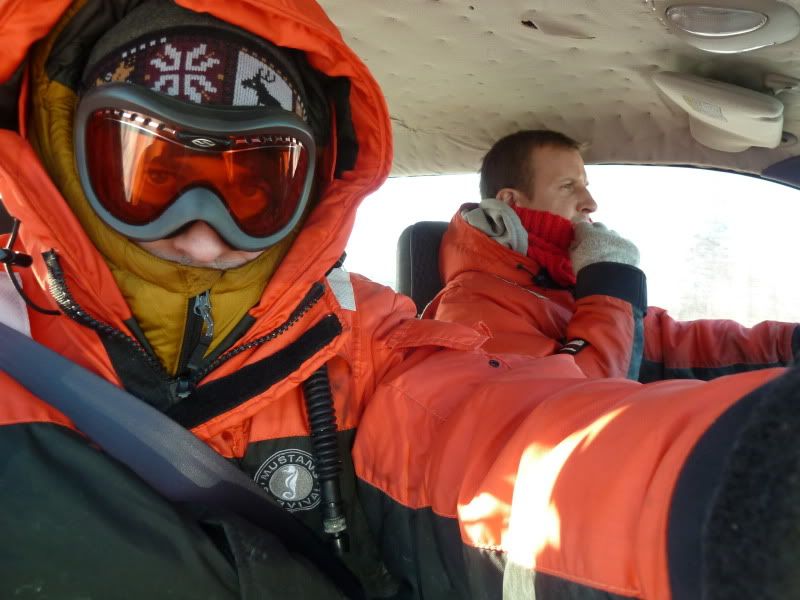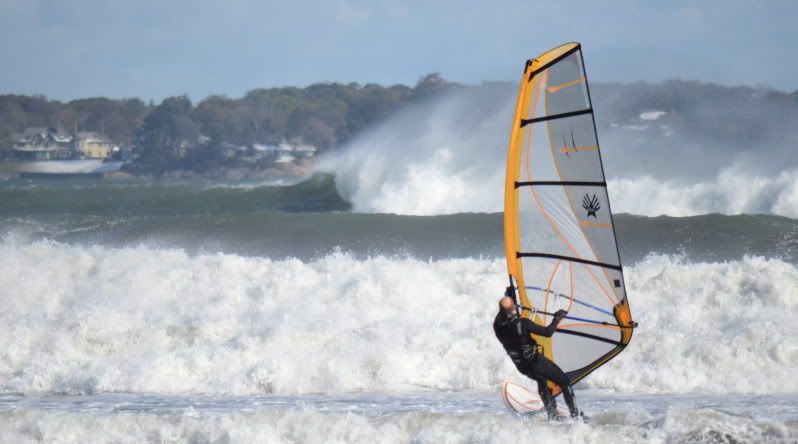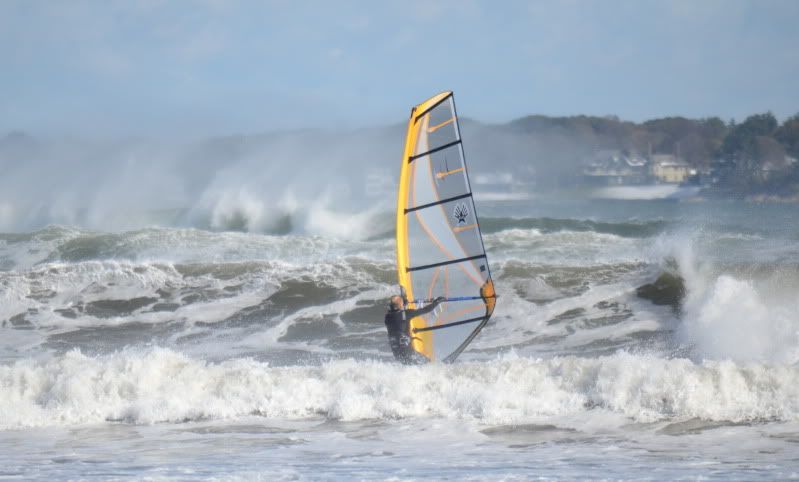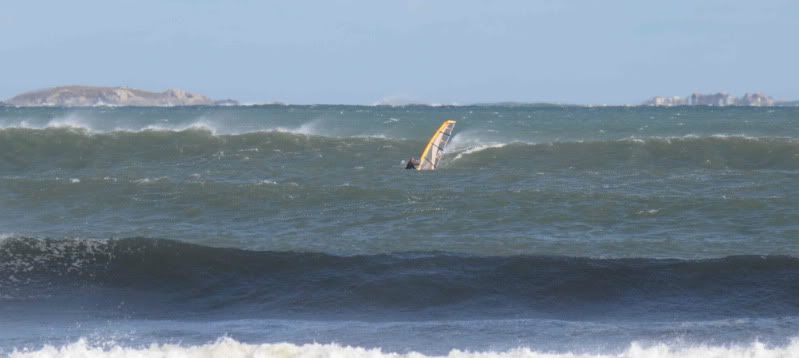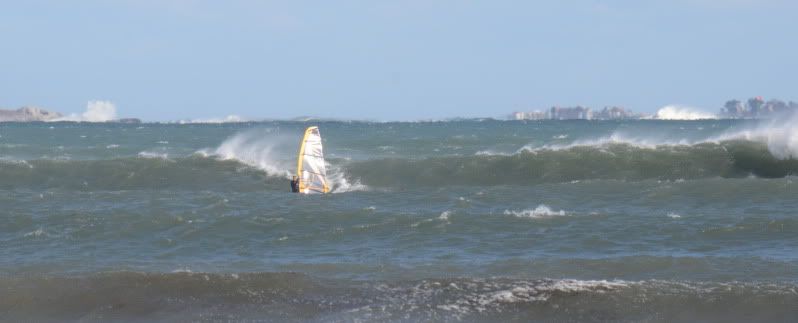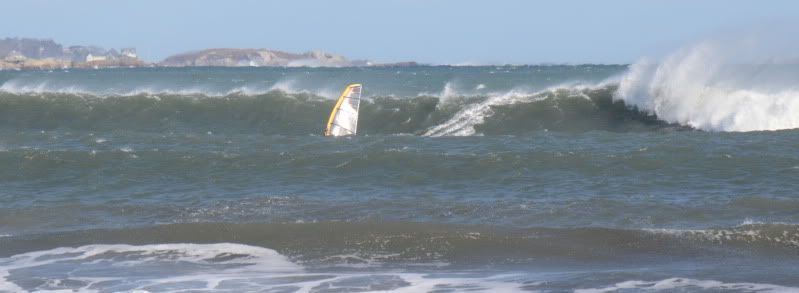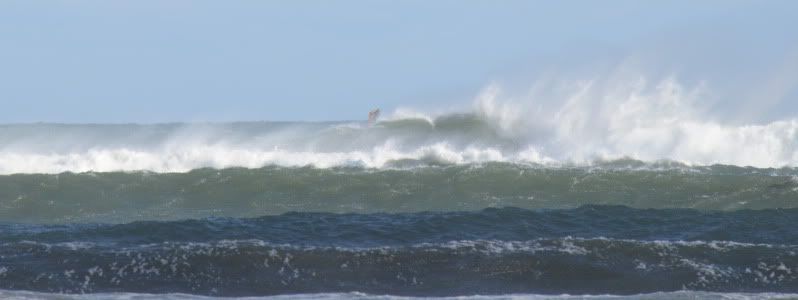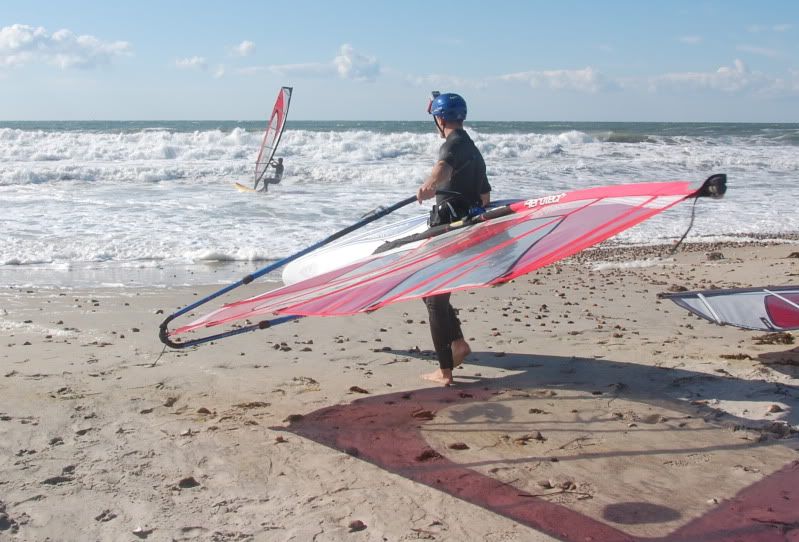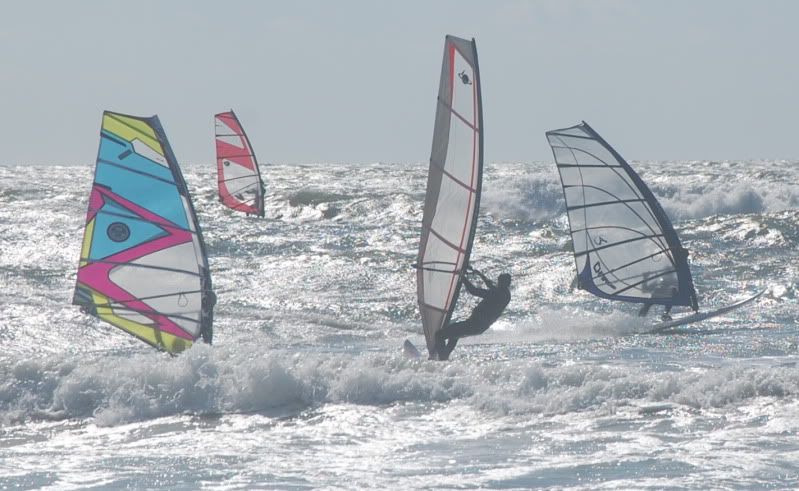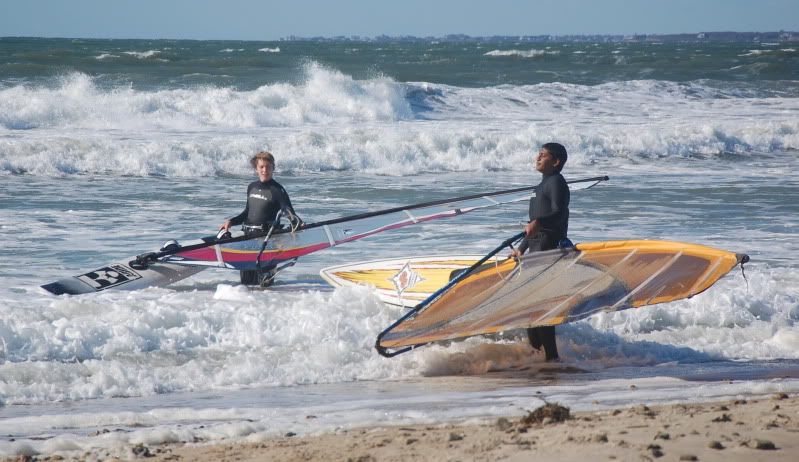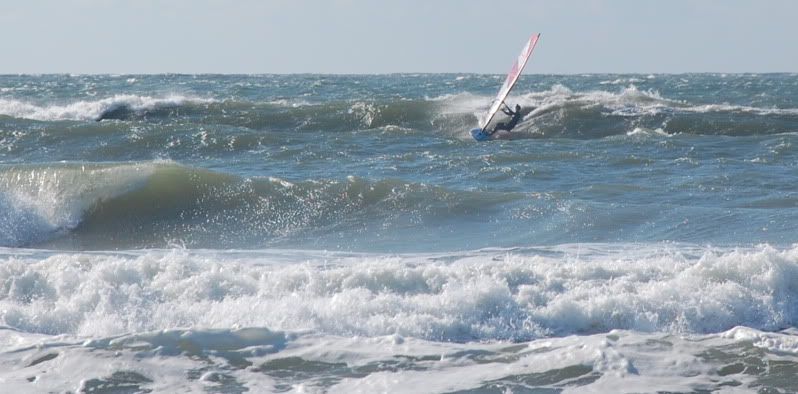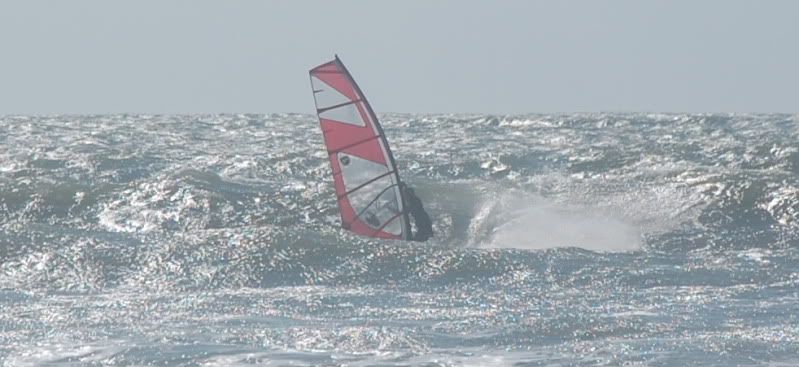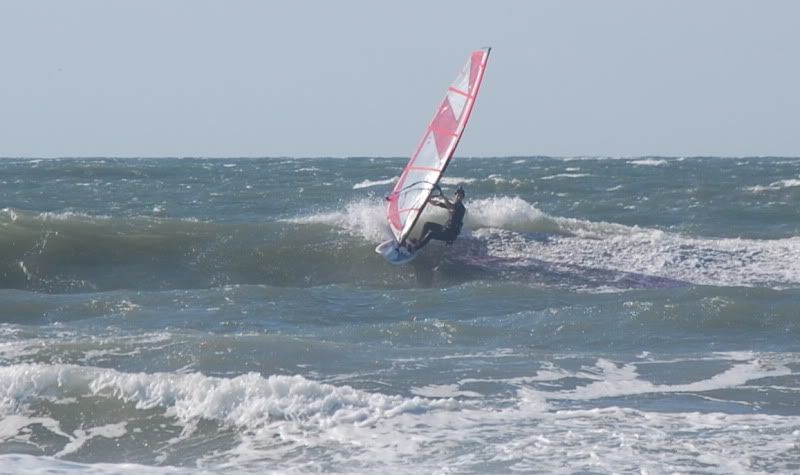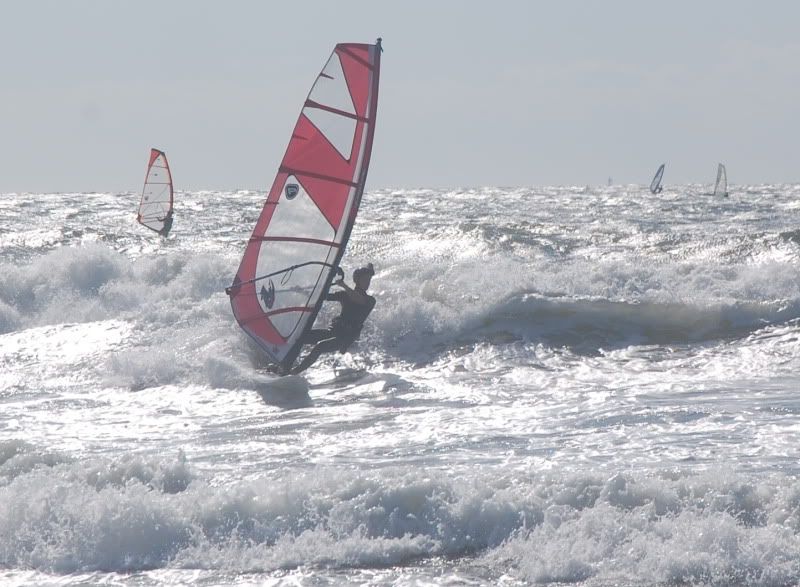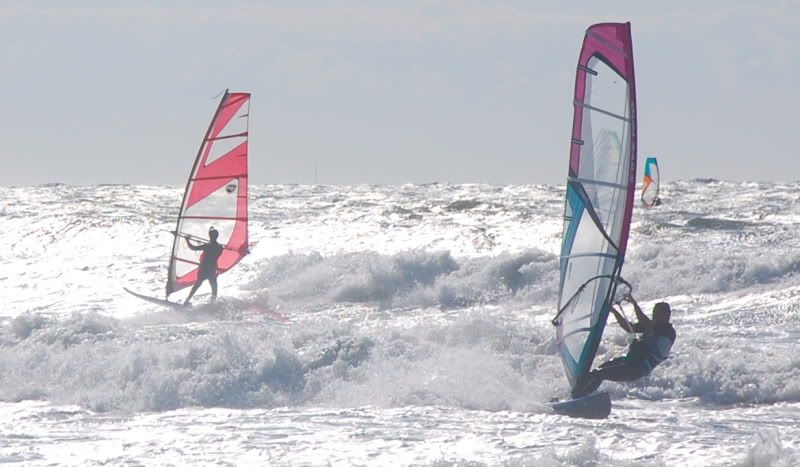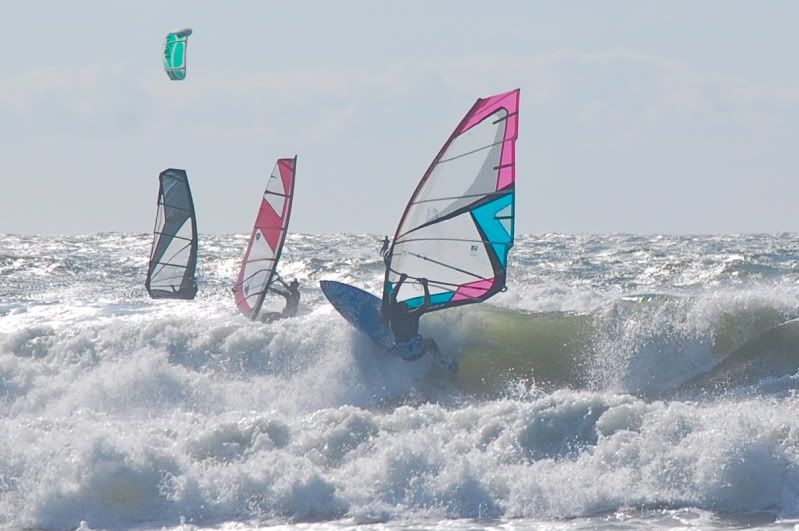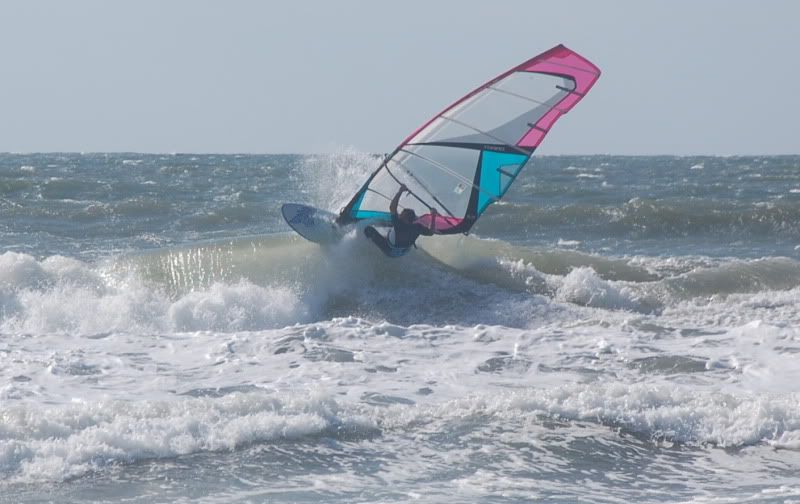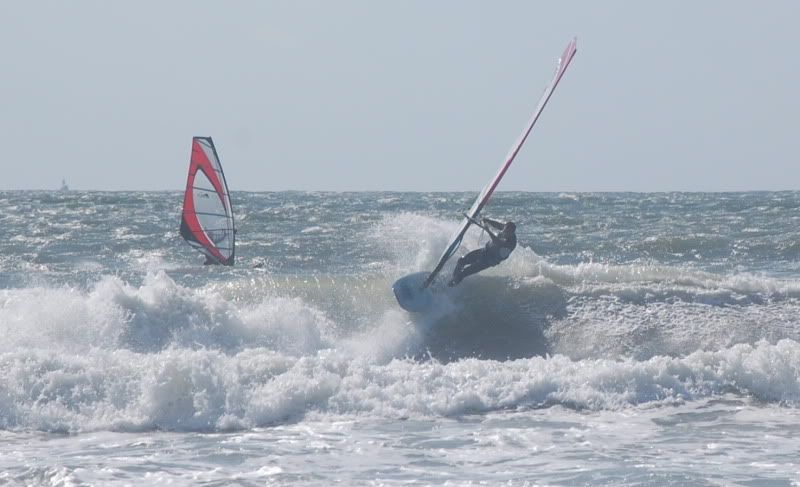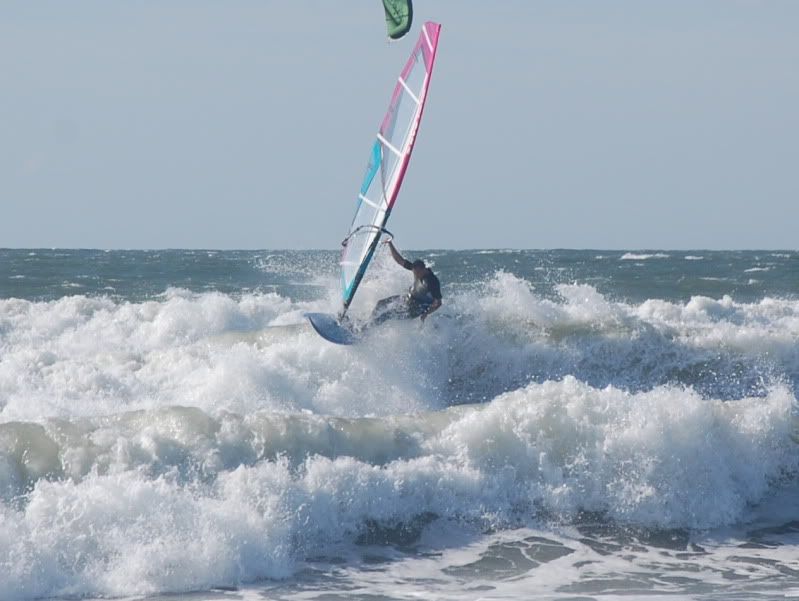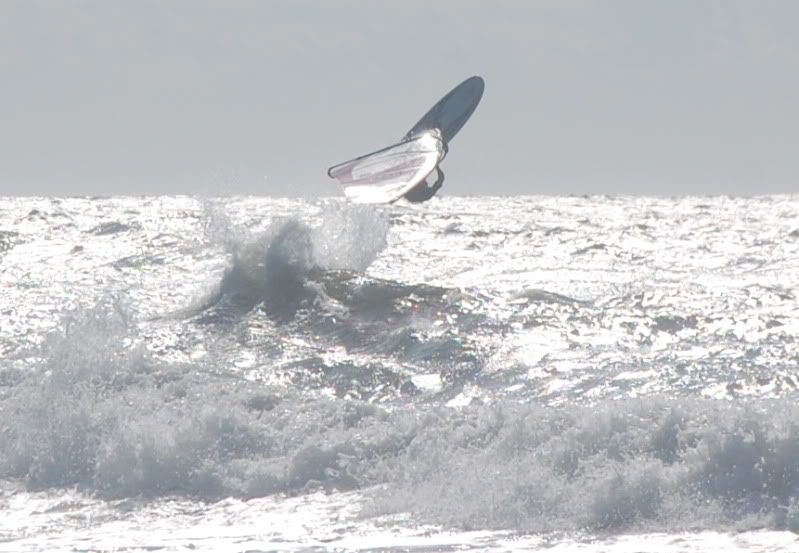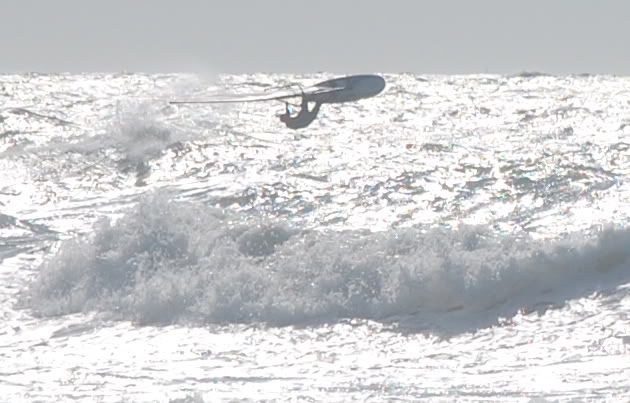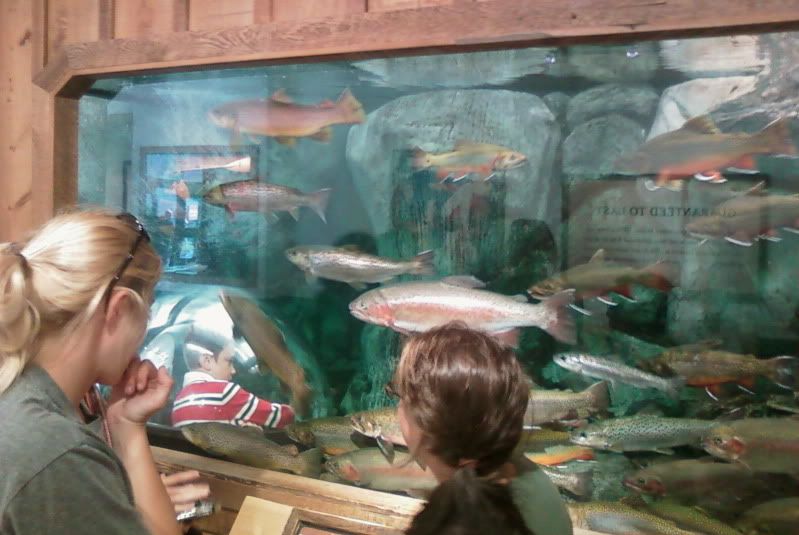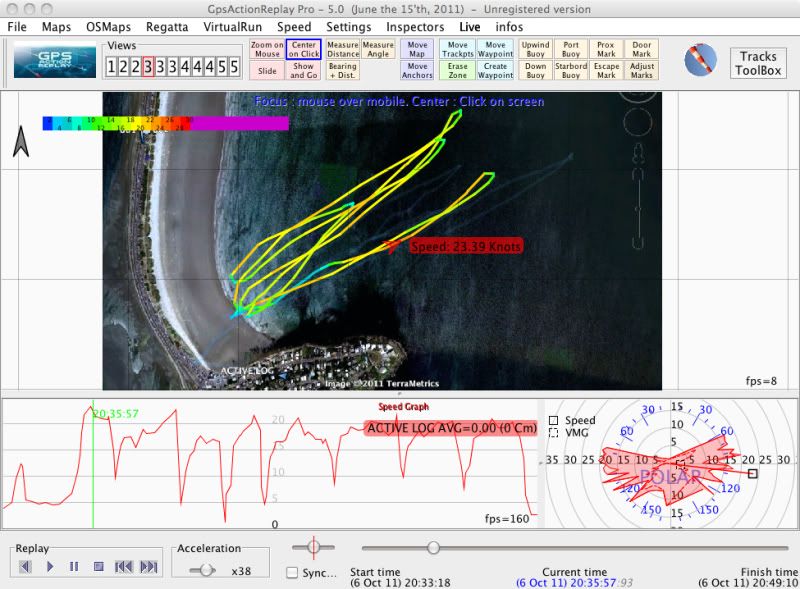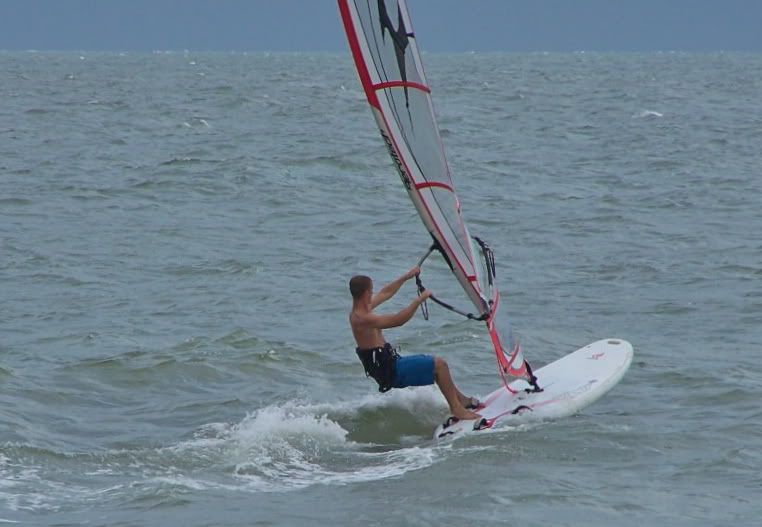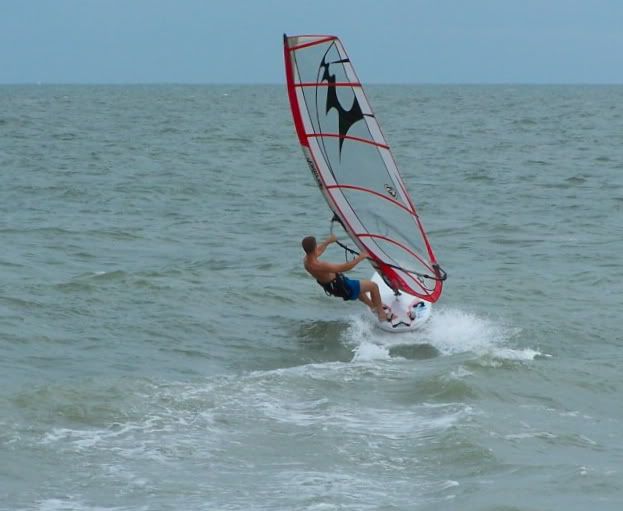I’ve had an off-again on-again romance with video games. As a little kid I was
scared of them, so I missed the classic ‘80s era. But as an adolescent in the early ‘90s I followed my friends Erik and Erik to the dark side. My first “system” was a
Super Nintendo. I remember playing all sorts of different games on it, from
Super Mario World and
Donkey Kong Country to
Super Metroid and
SimCity, but the games I got most hooked on were RPGs (role-playing games) like
The Legend of Zelda,
Secret of Mana,
Chrono Trigger, and
Final Fantasy VI. I played some games on my folks’ computer, too, the most notable being a 3D first-person perspective shooter called “
Doom,” which my parents and sister hated.
I can't imagine why they hated it.
I didn’t play a whole lot of video games after Doom, because highschool homework and stuff kept me too busy, and because the rapid advance of game technology had outpaced our old family computer. (It was a 33 Mhz 486.) In college I hardly played at all, except for one major relapse for the RPG “
Final Fantasy 7.” (I had recently broken up with a long-distance sweetheart, and obsessing over the immersive quest of the game was a much-needed distraction from obsessing over the breakup.) Grad school was mostly gameless for me, other than a few goofy social games like
Guitar Hero. The exception was a cheesy vintage RPG called “
Phantasy Star IV” that I discovered on a disk of old Sega games that came with my then-girlfriend’s console system. I got instantly addicted to that one, and could concentrate on little else until I finished it, much to then-girlfriend’s chagrin. When I lived in Florida after grad school I played zero video games because I couldn’t fit them in with my busy windsurfing schedule.
The upshot is that, despite a promising start, my video gaming career has floundered. I’ve basically missed the last 15 years of video game evolution. It’s a bummer, because during those years video games have become much more sophisticated and “gaming” has earned more widespread respect and inclusion in popular culture. On the spectrum of coolness, gamers are now closer to rock and roll heroes than they are to stamp collectors. Though I’ve never succeeded at coolness, and I care about it less now than ever, I’ve secretly wanted to try some of the new games to see what all the fuss is about. So I was delighted to find out that my girlfriend is, in addition to being gorgeous, intelligent and athletic, a video game expert. And she has been willing to hold my hand as I attempt to apply my primitive and rusty 1990s skills to her overwhelming and complex 2010s games.
The first new game that I tried at her house was “
Borderlands” on the
Xbox 360 console system. It’s a first-person shooter like Doom, combined with addictive role-playing game elements like quests and experience points that “Level Up” your character. (Leveling Up increases your digital persona’s strength and abilities in the same way that working out, studying, or practicing a sport increases your real-life abilities, except that Leveling Up occurs faster with less effort and the gains that your character makes will never atrophy [although your body and social life may atrophy if you do too much virtual Leveling Up and not enough real life Leveling Up].) I had a hard time figuring out Borderlands initially because the controls are much more complicated than in Doom. You have to aim your gun with one toggle button while moving your body with another toggle button, and there are a bunch of other buttons that you need to duck, jump, strafe, open boxes, pick up items, reload your gun, switch guns, talk to swarthy merchants, etc. I have a tendency to panic when attacked and shoot my feet while stumbling in circle, but I’m slowly figuring things out. The most fun I’ve had so far in Borderlands has been playing the game in two-person mode, teaming up with my sweetheart. She saves my life a lot, and every once in a while I return the favor by blasting an alien beast that’s sneaking up behind her.
Soloing Borderlands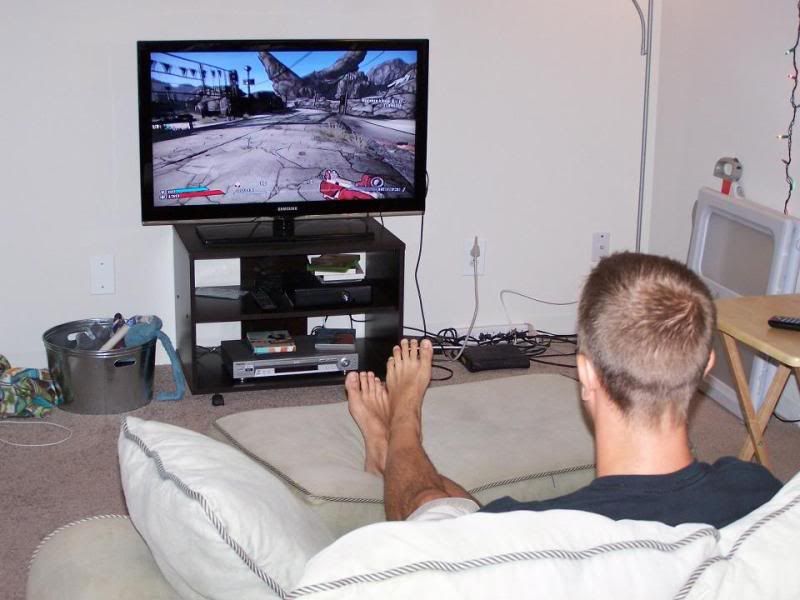
The other modern game I’ve been messing with is an MMORPG (massively multiplayer online role-playing game) called
World of Warcraft. That’s the one that I think I would get dangerously addicted to if I had a computer powerful enough to play it at my own house. (Thank goodness I don’t.) Like the name implies, W.O.W. is a whole 3D virtual world of castles, magic and dragons, and it’s populated by thousands of internet-connected players as well as computer-controlled monsters and NPCs (“Non Player Characters” like townspeople and guards). Actually, since there are millions of people who play the game, there are numerous copies of the virtual world on different servers so that no one world gets overpopulated. The players on one server won’t meet those on another server, so if you want to play with your friends you have to make sure you create your characters on the same server, or pay real money to the video game company to move your existing characters.
Whew. Ok. To start playing W.O.W. you have to design and name your player character, picking from eight cool “races” like human, elf, goblin, troll, etc., and several “classes” like warrior or shaman that dictate what kind of abilities you will have. You also pick the character’s sex, skin and eye color, hairdo, and various other physical features that you may or may not be able to pick for yourself in real life. You can’t pick your character’s body type, though. You have to be either big and buff if you’re a male, or slim and busty if you’re a female. My character,
Jimbonereus, is from the “Tauren” race of buffalo people who live in teepees and have totem poles. His class is “hunter,” which means that he can shoot bad guys from a distance and sic his vicious
pet on them, but he’s not so good in a close-up fight and he can’t cast good spells or use beefy shields and armor.
Click Jimbonereus to see his "profile" on the WOW website. It will change occasionally as he goes on new quests and finds cute new outfits and stuff.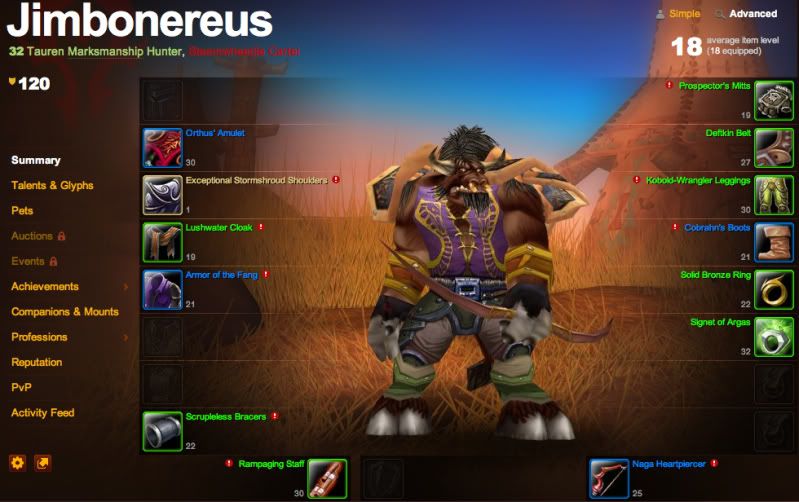
My sweetheart recommended that I be a hunter because it’s an easy class for casual “P.V.E.” playing. PVE stands for player-versus-environment, which is where you’re tromping around the wilderness going on little quests and killing the computer-controlled monsters. The other kind of play is PVP, where you battle other human-controlled characters, and you get your butt kicked if you’re not a serious gamer. I’ve never done any PVP, but I have done some five-person cooperative PVE adventures with other human-controlled characters. (The game has some repeatable dungeon adventures that are specially-designed for five people at a time, so you queue up to do a certain dungeon and are grouped with four strangers who have requested to do the same dungeon.) The first time I tried a tough dungeon, the four other people in my group voted to kick me out because I kept falling in the water and getting behind. But I practiced my jumping and made it through OK the next time around. I even got some special loot for my contributions that time. There are many little rewards like that in the game to keep you addicted. No matter what cool stuff your character does or gets, there’s always another quest or another power item that you NEED, so you keep playing.
As a scientist and an introspective-type person, I’m fascinated by how strongly these kinds of games can capture our focus. It’s like there’s some hard-wired circuitry in our brains that gives us a sense of excitement and fulfillment when we pursue a gratifying quest and amass some kind of wealth, experience, or power. And RPG videogames are designed to tickle that circuitry to the maximum extent. If only real life could instill the same desire for obsessive pursuit of advancement. Perhaps it can?



